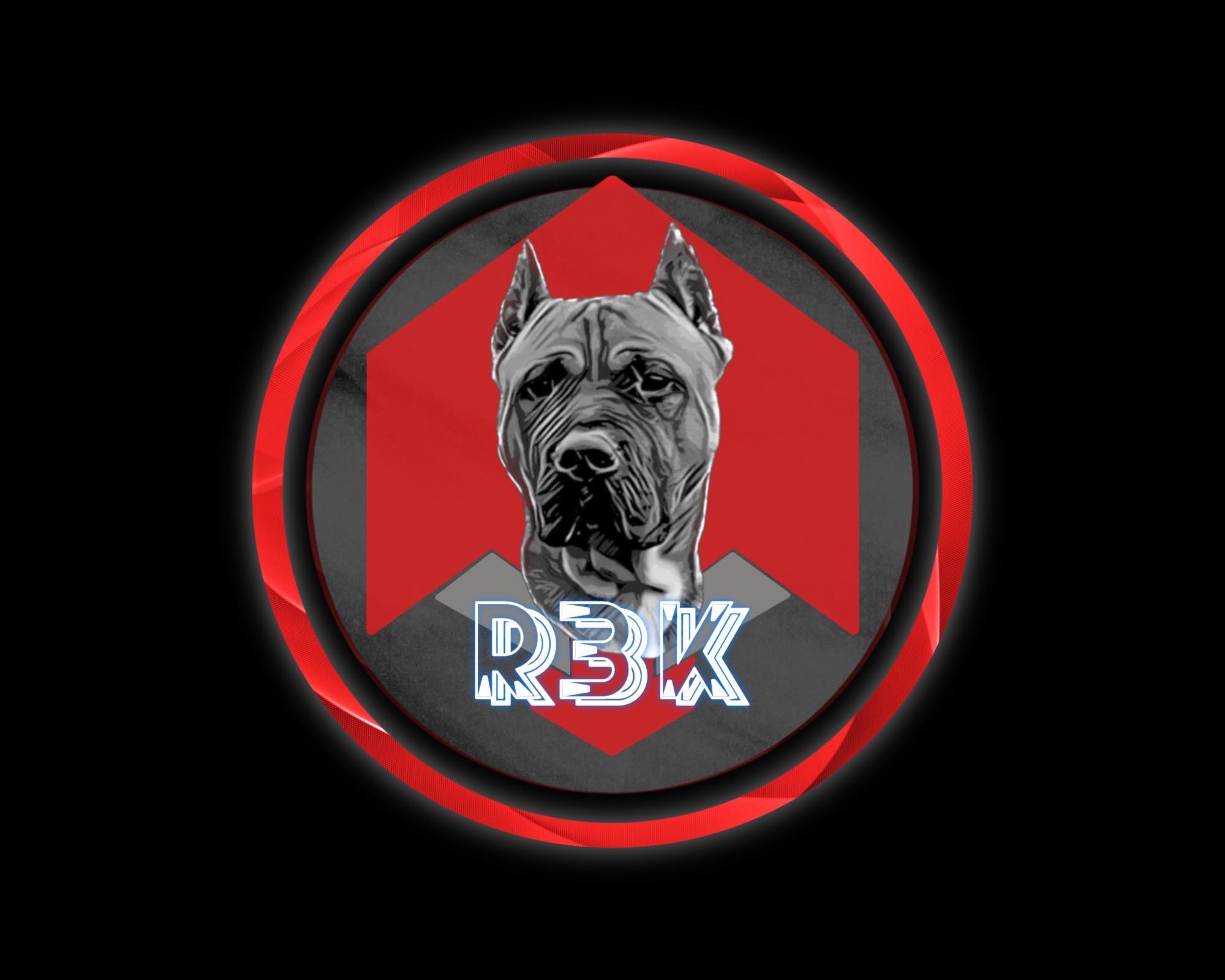Understanding Behavior Training for Dogs
- RBK Line

- Oct 20
- 4 min read
Training a dog is one of the most rewarding experiences you can share with your furry friend. It’s not just about teaching tricks or commands; it’s about building a strong, trusting relationship. When you understand dog behavior modification, you unlock the key to a happier, more balanced pet. Whether your dog is a playful puppy or a mature companion, knowing how to guide their behavior positively can make all the difference.
Let’s dive into the world of dog behavior and explore how you can transform your dog’s habits with kindness, patience, and effective techniques.
What Is Dog Behavior Modification and Why Does It Matter?
Dog behavior modification is a process that helps change unwanted behaviors into positive ones. It’s not about punishment or harsh corrections. Instead, it focuses on understanding why your dog acts a certain way and then gently guiding them toward better choices.
For example, if your dog barks excessively when guests arrive, behavior modification helps you teach them to stay calm and relaxed instead. This approach strengthens your bond and creates a peaceful home environment.
Here’s why dog behavior modification is so important:
Builds trust: Your dog learns that you are a kind leader.
Reduces stress: Both for you and your dog.
Improves safety: Well-behaved dogs are less likely to get into trouble.
Enhances communication: You understand your dog’s needs better.
By focusing on positive reinforcement and clear communication, you can help your dog thrive.

How to Start Dog Behavior Modification at Home
Starting behavior modification doesn’t require fancy equipment or expensive classes. You can begin right in your living room with a few simple steps.
Identify the behavior you want to change
Is your dog jumping on visitors? Chewing furniture? Barking at the door? Pinpoint the exact behavior.
Understand the trigger
What causes this behavior? Is it excitement, fear, boredom, or something else?
Use positive reinforcement
Reward your dog with treats, praise, or play when they behave the way you want.
Be consistent
Everyone in the household should follow the same rules and commands.
Set realistic goals
Change takes time. Celebrate small victories along the way.
For example, if your dog jumps on guests, teach them to sit instead. When they sit calmly, reward them immediately. Over time, your dog will learn that sitting politely gets attention and treats, while jumping does not.
Remember, patience is key. Dogs respond best to gentle guidance and clear expectations.

What is the 3 3 3 Rule for Dog Training?
You might have heard about the 3 3 3 rule in dog training circles. It’s a simple guideline that helps you stay consistent and effective when teaching your dog new behaviors.
Here’s how it works:
3 seconds: Reward your dog within 3 seconds of the desired behavior. Timing is everything! Immediate rewards help your dog connect the action with the positive outcome.
3 repetitions: Repeat the training exercise at least 3 times in a row during each session. This helps reinforce the behavior.
3 sessions: Practice the behavior in at least 3 separate training sessions. Spacing out training helps your dog retain what they’ve learned.
Using the 3 3 3 rule keeps training clear and manageable. It prevents confusion and helps your dog learn faster.
For example, if you want your dog to “sit,” give the command, wait for the behavior, and reward within 3 seconds. Repeat this 3 times, then take a break. Come back later for another session. This steady approach builds strong habits.
Practical Tips for Successful Behavior Training for Dogs
If you’re ready to take your dog’s training to the next level, here are some practical tips that work wonders:
Keep training sessions short and fun
Dogs have short attention spans. Aim for 5-10 minute sessions to keep them engaged.
Use high-value rewards
Find treats or toys your dog loves. This makes training more motivating.
Avoid punishment
Negative reactions can cause fear and confusion. Focus on rewarding good behavior instead.
Be patient and consistent
Every dog learns at their own pace. Stick with it, and don’t give up.
Practice in different environments
Dogs need to generalize commands. Train at home, in the park, and other places.
Use clear, simple commands
One or two words work best. For example, “sit,” “stay,” or “come.”
Watch your dog’s body language
Signs of stress or confusion mean it’s time to slow down or change your approach.
If you want expert guidance, consider enrolling in a professional behavior training for dogs program. It can provide personalized support and faster results.

Building a Lifelong Bond Through Training and Care
Training your dog is more than just teaching commands. It’s about creating a lifelong connection based on trust, respect, and love. When you invest time in behavior modification, you’re giving your dog the gift of confidence and happiness.
Remember, every dog is unique. What works for one might need tweaking for another. Stay flexible and open to learning alongside your pet.
If you live in the Chicago land area, finding a local trainer who understands your dog’s needs can make a huge difference. RBK Line offers compassionate, transformational training and boarding services designed to help you and your dog thrive together.
Imagine a future where your dog listens eagerly, behaves calmly, and enjoys every moment with you. That future is within reach with the right approach and support.
So, why wait? Start your dog’s behavior modification journey today and watch your relationship blossom.
Training your dog is a journey filled with joy, challenges, and incredible rewards. With kindness, consistency, and the right tools, you can help your dog become the best version of themselves. Here’s to many happy years of companionship and fun!






Comments